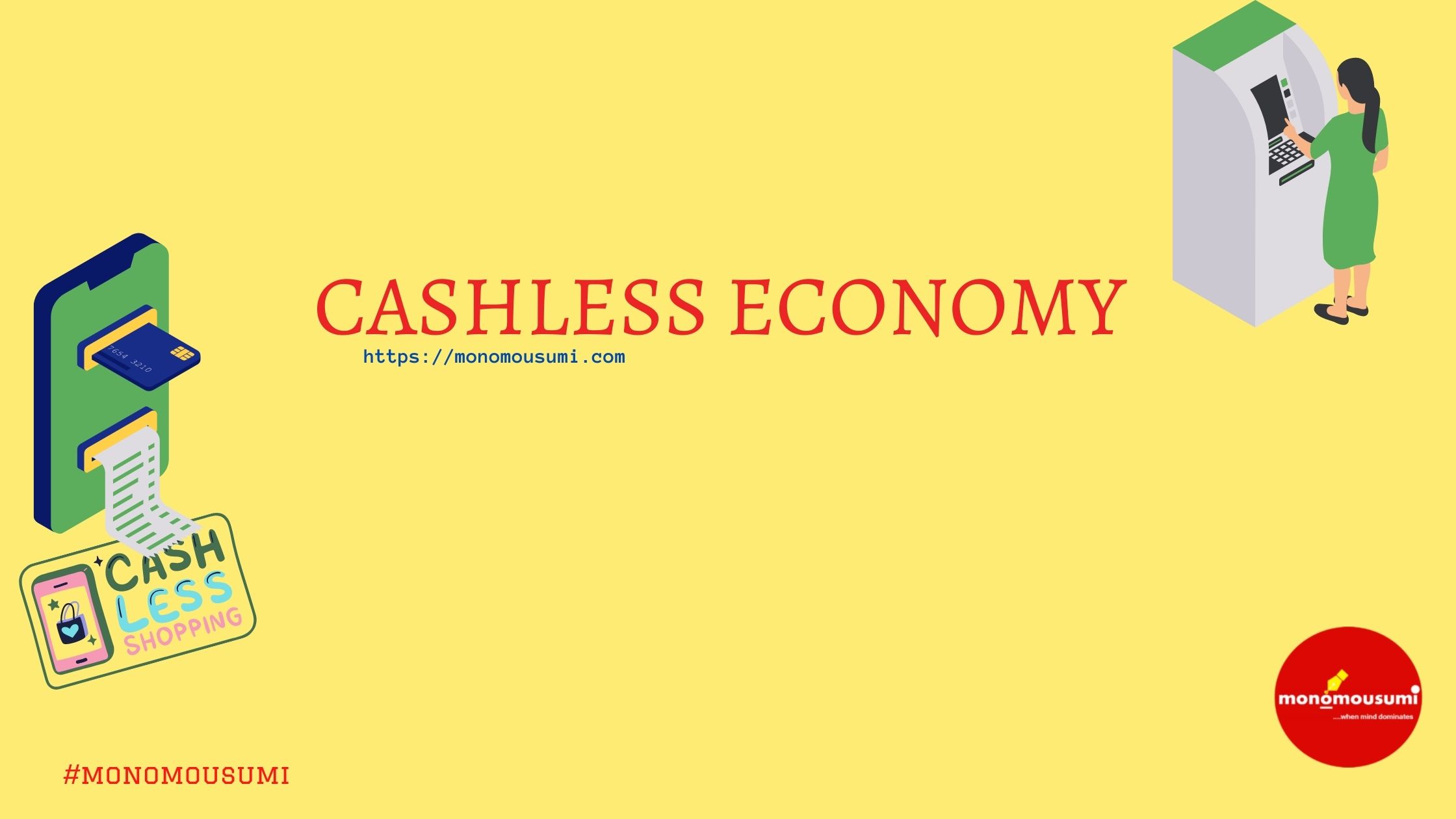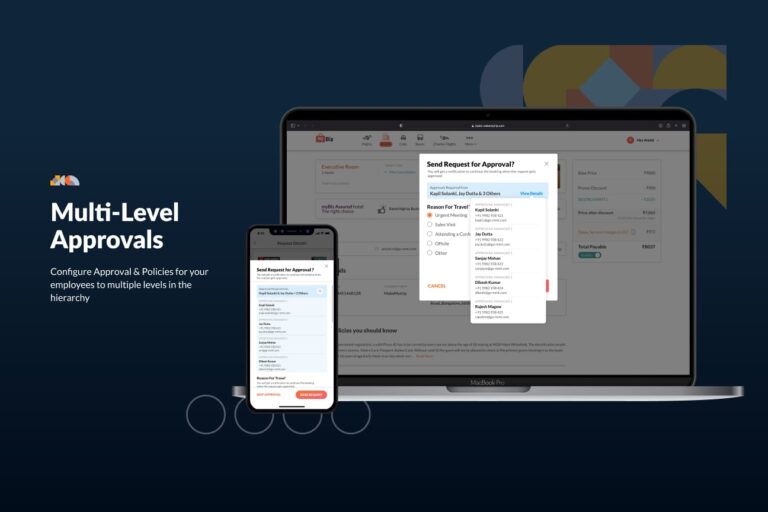
“Bhaiya, can we pay with Google pay?” “Hey let us use Amazon pay we might get some cashback” “Thanks for paying for the dinner! How much did it cost? I’ll send it through Paytm.” That is how simple money transfer is in modern day. One click gets the job done.
Thousands of years ago, trade began. First it was the barter system where people exchanged goods. Roman soldiers were paid in salt. And one day somewhere in 1000BC, coins were invented. From coins to notes to demonetization to one-click payment, trade evolved. Sending and receiving money now is as simple as sending a text message. It is called “Cashless economy”- an alternative method to pay money through various modes like credit cards/debit cards, Digital/ e-wallets, net banking, UPI etc.
In November, 2016 prime minister Narendra Modi announced demonetization aiming for a cashless India and also to get rid of the illegal notes of 500 and 1000 in certain wealthy households. This has made many Indians to use cashless methods as they’re easier. With COVID-19 taking over the entire nation, cashless economy has been a boon to the country in recent times.
As mentioned earlier there are different cashless methods for payments the first one being credit and debit cards, they are also called plastic money and are issued by financial institutions. A credit card lets a person borrow funds from a pre-approved limit where as debit cards, when used, deduct money from the bank account of the card holder. When issued, these cards are also given pin codes, which of course can be changed. It is advised to not share the code with anyone for security reasons. The cards can be used in physical stores that have POS- point of sale also known as payment terminal which is a machine that accepts the cards. These cards can also be used in online shopping portals like amazon, flipkart, myntra etc., by entering the card number and CVC (card verification code) which is also not to be shared with anyone.
The next method is digital wallet/ e-wallet. These are apps on the mobile phone in which a certain amount can be added from a bank account. Popular examples include Paytm, amazon pay, mobiwik etc. UPI (unified payment interface) like Google pay is almost similar to an e-wallet but the difference being UPI is direct bank to bank transfer where as e-wallets are mediators between bank accounts. This method is the most used method by Indian citizens. Be it a rich business man or a middle-class employee or a tea stall owner- each one of them use these apps as they are easy to use. Again, its used extensively on almost all online shopping platforms and small businesses.
The last method is net banking. It is a simple transfer of money from one bank account to another without any involvement of wallets or card. It can be carried out in a smart phone or a computer. It is used to transfer funds, generate and track account statements, pay bills, apply loans, pay insurance premium and to apply for a new debit card or cheque book. All that needs to be done is to approach the bank for a net banking account collect the user ID and password and generate a new one and its all set to be used.
The main advantage of cashless economy in India is to tackle black money as it is riskier to conduct high amount transactions with this method. Also, it is convenient and transparent which improves the efficiency of the market. Cashless economy would bring down the logistics and cost involving the printing of notes and also reduces the risk of carrying and transporting huge amount of cash. E-commerce websites partner with few apps like Paytm and banks like HDFC for offers and hence we might end up spending less than the actual MRP and save some money. Many startups and small businesses have high scope due to online payments. In my opinion, it is also easier to keep a track of the amount a person is spending per month as everything is recorded in the smart phone which also helps to reduce unnecessary expenditures.
Digital infrastructure is highly vulnerable to hackers, cyber-attacks, frauds and theft. As these accounts are linked to mobile numbers it becomes easy for a hacker to take away money from the accounts by sending catchy emails/messages with anonymous links. It is advised to not click on any links or messages as unknowingly it might lead to hacking and theft. Apart from cyber security, it is a challenge to create awareness about these cashless methods in rural areas as many people there either do not have smart phones or do not have adequate knowledge on this subject. It is difficult for elderly people to understand the methods which make them more gullible to internet frauds. Also, rural areas and semi urban areas face the problem of network error and it might take days or even weeks to complete a single transaction.
India is primarily driven by cash, hence only 5% of the total transactions happen electronically. In the developed countries like USA only 20-25% of transactions are cash. As the country is highly populated, it’s not easy to set up internet connections and ATMs everywhere. Nevertheless, cashless payments have been facing a steady growth over the years.
Majority of the country including the rural areas should be able to use these methods and exploit the advantages of cashless payments. The governments will have to see to the cyber safety and serve the people who are underbanked as well. Government should be able to provide proper connections and Wi-Fi facilities to towns and villages. Society also has a large role to play in this mission. For starters, the younger generation can help their parents, grandparents and any one in the family to learn the process of net banking and installing mobile wallets. NGOs can take tours to rural areas and tell people about cashless economy and its benefits.
In conclusion, cashless mode of payments if used in the right manner with right intention is a boon to every sector-the rich and poor. Easy payments, easy transactions would benefit every citizen and the overall economy of the country which is always strived for.
By Abhilaya Makkuva, Hyderabad


